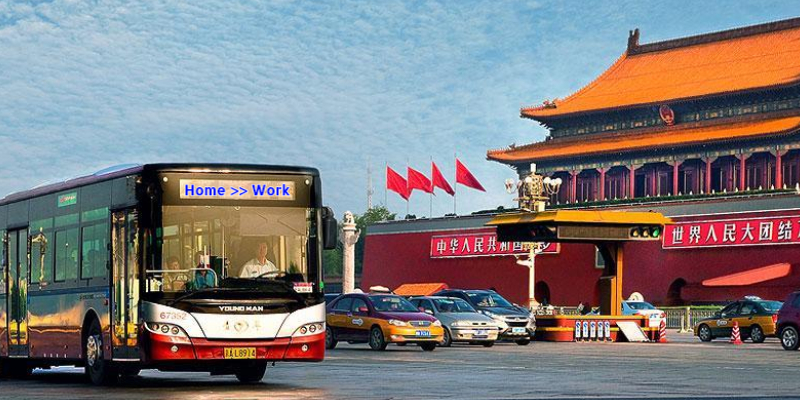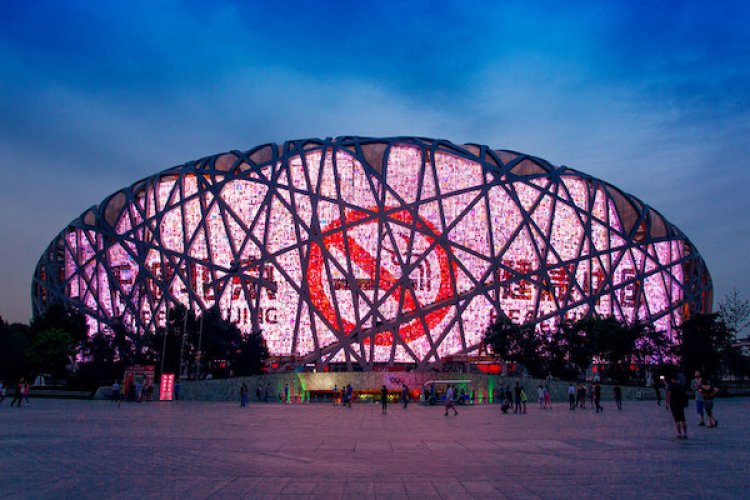Throwback Thursday: Back When Beijing Buses Finally Got Bilingual Signs in 2008
Throwback Thursday takes a look back into Beijing's past, using our 14-year-strong blog archives as the source for a glance at the weird and wonderful stories of Beijing's days gone by.
Between Beijing's incredibly comprehensive subway system, share bikes, and Didi – not to mention the fact that I'm lucky enough to both live and work in central Chaoyang District – it's not often that I bother to take the bus anymore.
Yet even when I arrived just eight years ago, the bus was more often than not the quickest way for me to get from point A to B (or, on one memorable occasion, from A to the end of the line, when I fell asleep on the bus after a few happy hour drinks). And I was lucky: not only was I fresh off a four-year Chinese language degree but by the time I got to Beijing buses already had English and pinyin signage.
The linguistically disinclined who were here pre-2008, however, had no such luck, with signs on buses displayed only in Chinese. However, in the run-up to the 2008 Olympics, in order to make the city's public transport system more accessible for the coming influx of foreign visitors, the government decided to translate English signs and render destination names in pinyin.
Here's former Beijinger managing web editor Paul Pennay reporting on the introduction of the English signage back in May 2008:
"Beijing's buses are in the process of being decked out with new bilingual signs that will make it easier for the hordes of foreign tourists who'll be flowing into the city during the Olympics to make use of the city's public transport system. A good idea given that BOCOG recently announced that they're not planning to offer any parking spaces for private vehicles at Olympic venues during the games, it seems that most people are going to have to rely on the public transport to get to events. The Beijing Public Transport authority revealed that by mid-May 90 percent of the city's fleet of more than 20,000 buses will feature the new signs. Buses along some of the city’s more central bus routes (lines 1, 4, and 120) have already had the new signs installed and I'm happy to report that they're both Chinglish-free and useful. The signs range from those informing passengers from which door to enter and exit the bus to which fare system applies on that route. Most importantly, pinyin of all the bus stops along the route has also been included. Buses with electronic display panels have also started including announcements of the next stop in pinyin."
If you do regularly take buses, your best bet for finding bus routes, getting up to date information on any suspensions or changes, and working out which bus to take from one place to another is the website of Beijing Public Transport Group, www.bjbus.com. Unfortunately, the website is not in English, apart from a little "Beijing Public Transport since 1921" banner. Both Baidu Maps and Google Maps do offer public transport planners in English.
READ: Life Before the Sharing Economy
Images: bjbus.com







